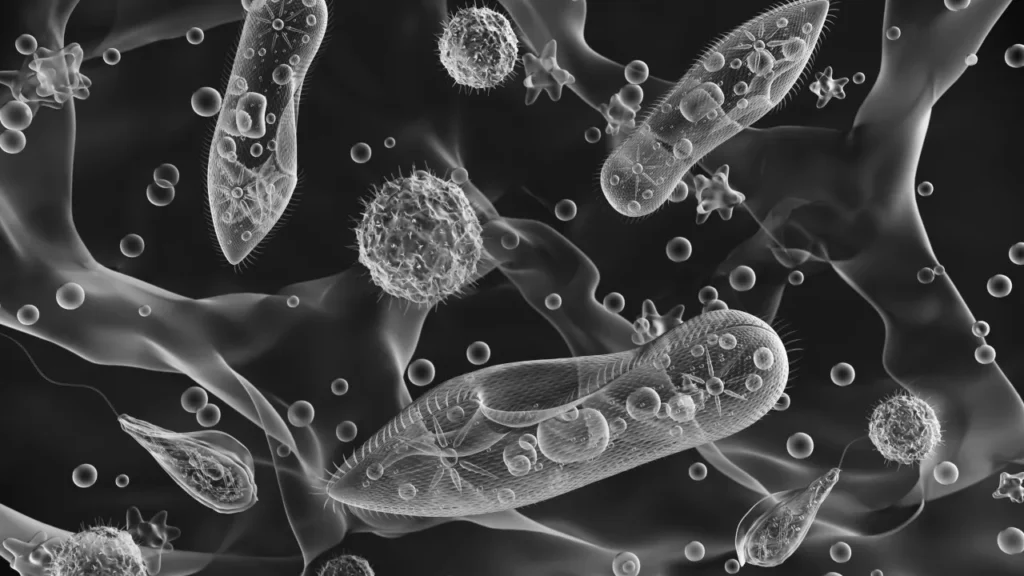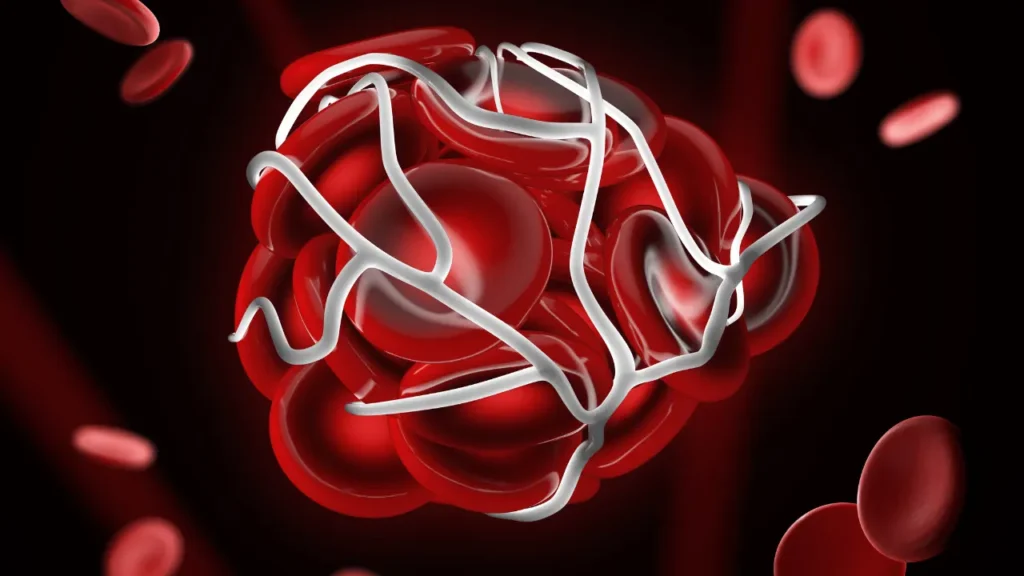White soapwort (saponaria officinalis) is a perennial herbaceous plant that is indigenous to Europe and western Asia and is a member of the caryophyllaceae family. Due to its high saponin content, which gives the plant its distinctive foaming properties, it has historically been used as a natural soap and detergent. Recent studies, however, have been more interested in its possible health advantages as a nutritional supplement. In addition to analyzing white soapwort’s responsible use and physiological mechanisms, this article seeks to provide an in-depth examination of the chemistry, health benefits, ideal dosage, side effects, and probable substance interactions related to it.
You May Also Like:
BANABA: Benefits, Dosage, Side Effects, Drug Interactions, And Other Important Information
Bitter Milkwort: Benefits, Dosage, Side Effects, Drug Interactions, and Other Important Information
White Soapwort: Benefits, Dosage, Side Effects, Drug Interactions, And Other Important Information is an original (NootropicsPlanet) article.
Nature of White Soapwort
The perennial herb known as white soapwort (saponaria officinalis) is distinguished by its upright stems, lance-shaped leaves, and clusters of white to pinkish blooms. It can be found in a variety of settings, including meadows, roadside ditches, and riverbanks, and normally grows to a height of 30 to 100 cm high. The plant’s saponin-rich roots and leaves, which foam when combined with water to form a lather, have long been used as a natural soap and detergent. Given that its bio-active components have been shown to have a variety of possible health advantages, white soapwort has recently drawn interest by nutritionists as a dietary supplement.
Health Benefits of White Soapwort
1. Antioxidant and Anti-Inflammatory Activity: White soapwort contains flavonoids and phenolic acids, which have strong antioxidant properties that can reduce oxidative stress and neutralize reactive oxygen species (ROS). This can lessen inflammation and safeguard cells from harm. The plant’s anti-inflammatory properties are further enhanced by saponins, which have been proven to inhibit the expression of pro-inflammatory cytokines like tumor necrosis factor-alpha (TNF-alpha) and interleukin-6 (IL-6).
2. Immunomodulatory Effects: Polysaccharides and saponins found in white soapwort have been implicated in immune system modulation. Studies have shown that they can improve phagocytosis, activate macrophages, and control cytokine production, all of which support a healthy immune system as a whole.
3. Antimicrobial Activity: Saponins from saponaria officials have been found to have antimicrobial effects on a number of bacteria, fungi, and protozoa. This can be explained by the saponins’ ability to damage microbial cell walls, causing cell lysis and death.
4. Anticancer Properties: According to certain research, the saponins found in white soapwort have the ability to prevent the growth of cancer cells and trigger apoptosis. To clarify the underlying mechanisms and potential clinical uses, more research is necessary.

Chemistry of White Soapwort
Triterpenoid saponins, which are glycosides with a hydrophobic triterpenoid aglycone (sapogenin) coupled to one or more hydrophilic sugar moieties, are the main bio-active components of white soapwort. Saponins, which may reduce the surface tension of water and create foam, are what give plants their surfactant abilities. The glycosides of the sapogenins oleanolic acid and gypsogenin are the saponins found in saponaria officinalis in the highest concentrations.
White soapwort also includes polysaccharides, flavonoids (such as quercetin and kaempferol), phenolic acids (such as caffeic acid and ferulic acid), and saponins. These elements support the plant’s anti-inflammatory, immunomodulatory, and antioxidant properties.
Physiological Properties of White Soapwort’s Effect on the Body and Brain
The bio-active components of white soapwort, primarily saponins, flavonoids, and phenolic acids, are thought to be responsible for the herb’s therapeutic effects. Multiple methods, including membrane rupture, immune cell function regulation, and reduction of pro-inflammatory cytokines are used by saponins to exert their effects. They display antibacterial abilities and can possibly trigger cancer cell death by rupturing microbial cell membranes.
White soapwort contains powerful antioxidant and anti-inflammatory flavonoids and phenolic acids that work by scavenging reactive oxygen species (ROS) and blocking pro-inflammatory enzymes including cyclooxygenase-2 (COX-2) and inducible nitric oxide synthase (iNOS). This lessens inflammation and helps shield cells from oxidative damage, both of which are beneficial for overall good health.
The polysaccharides found in white soapwort influence immune system performance by stimulating phagocytosis, activating macrophages, and controlling cytokine synthesis. This contributes to the plant’s immunomodulatory properties, which may enhance immune function and infection resistance.

Optimal Dosage of White Soapwort
The ideal dosage of white soapwort as a nutritional supplement depends on a number of variables, including your unique and individual needs, health objectives, and the formulation being used. There is currently no single dosage that is advised, however for adults, 300–600 mg of a standardized saponin extract taken once or twice daily with meals is a typical starting point. Before beginning any new supplement regimen, you should first speak with a healthcare provider, especially if you have current medical concerns or are using other medications.
Side Effects of White Soapwort
When used responsibly and at the recommended dosages, white soapwort is generally regarded as safe. The side effects of consuming too many saponins, however, include nausea, vomiting, diarrhea, and stomach pain. This is because saponins have the potential to irritate the digestive tract’s mucosal membrane. Furthermore, due to their ability to damage cell membranes, excessive quantities of saponins can also result in hemolysis (the destruction of red blood cells).

Potential Substance Interactions with White Soapwort
White soapwort can interact with other drugs and substances, just like any dietary supplement. The following are some possible interactions to be mindful of:
1. Anticoagulants and Anti-platelet Drugs: When used with anticoagulant and anti-platelet drugs, white soapwort’s saponins can have an additional impact that raises the risk of bleeding. These medications include clopidogrel, aspirin, heparin, and warfarin. Before taking white soapwort along with these drugs, it’s crucial to talk to your doctor.
2. Agents that Lower Blood Sugar: White soapwort may have a synergistic effect with drugs that lower blood sugar, and have the possibility of developing hypoglycemia. It is essential to constantly monitor blood glucose levels while taking insulin or oral hypoglycemic medications, such as metformin or sulfonylureas, and to speak with a healthcare provider about necessary dosage modifications.
3. Immunosuppressive Drugs: Due to white soapwort’s immunomodulatory effects, it can reduce the effectiveness of immunosuppressant drugs such corticosteroids or cyclosporine. Before using white soapwort, if you are on immunosuppressant therapy, you should speak with your doctor.
Best Responsible Uses of White Soapwort
The following recommendations must to be taken into account when using white soapwort as a nutritional supplement to ensure safety and responsibility:
1. Speak with a medical expert before beginning any new supplement. This is especially important if you have any pre-existing problems, are on medication, are pregnant, or are nursing.
2. Start with a low dose of white soapwort (for example, 300 mg of a standardized saponin extract), and then gradually increase the dose as necessary while keeping an eye out for any negative side effects.
3. Buy white soapwort supplements from reliable producers who follow stringent quality control guidelines and offer detailed details on the product’s components and dosages.
4. White soapwort supplement dosages should not be exceeded as excessive consumption may result in gastrointestinal upset or other negative effects.
5. Be aware of possible side effects and drug interactions, and speak with your doctor if you notice any unusual symptoms or have any concerns.
6. White soapwort may have a number of health advantages, but it is important to keep in mind that in order to fully reap these advantages and improve general health, it must be used alongside a healthy lifestyle that includes a balanced diet, frequent exercise, and plenty of sleep.
White Soapwort:
Conclusion
White soapwort should not be used by those who are known to be allergic to plants in the caryophyllaceae family as it can cause an allergic reaction. Because there is little evidence on the safety of white soapwort during pregnancy and lactation, pregnant and nursing women should use caution. While this supplement can be extremely beneficial to overall good health, make sure you talk to your doctor before starting it, regardless of what information we have provided in this article.

References:
- The immunomodulatory potential of natural compounds in the treatment of inflammatory disorders. Retrieved from: https://www.sciencedirect.com/science/article/pii/S0254629922002174
- Antioxidant and anti-inflammatory activities of flavonoids and phenolic acids from Saponaria officinalis. Retrieved from: https://onlinelibrary.wiley.com/doi/abs/10.1002/ptr.5730
Important Note: The information contained in this article is for general informational purposes only, and should not be construed as health or medical advice, nor is it intended to diagnose, prevent, treat, or cure any disease or health condition. Before embarking on any diet, fitness regimen, or program of nutritional supplementation, it is advisable to consult your healthcare professional in order to determine its safety and probable efficacy in terms of your individual state of health.
Regarding Nutritional Supplements Or Other Non-Prescription Health Products: If any nutritional supplements or other non-prescription health products are mentioned in the foregoing article, any claims or statements made about them have not been evaluated by the U.S. Food and Drug Administration, and such nutritional supplements or other health products are not intended to diagnose, treat, cure, or prevent any disease.


